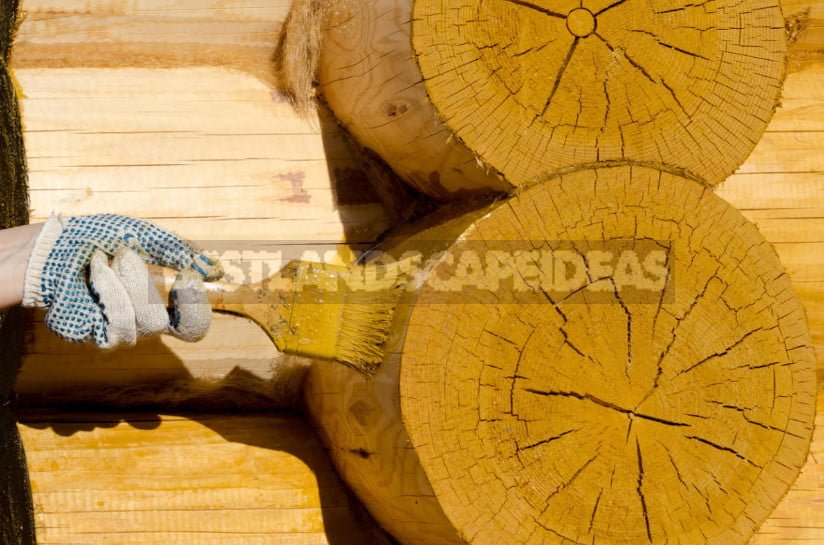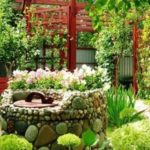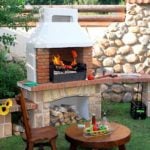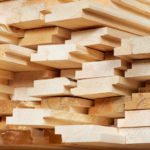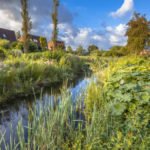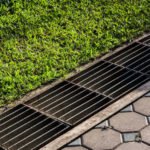Wooden houses and other buildings made of wood – one of the most environmentally friendly. In addition, wood is a fairly common material. A wide range of breeds in different price categories makes it available to the majority. What a wonderful country house can be built of wood!
But it has one significant drawback: wood is not as durable as other materials. Under the influence of natural factors (precipitation, melt water, strong wind, ultraviolet radiation, insects and microorganisms) without special protection, the tree is destroyed.
What destroys the tree
One of the main factors that destroy wood is moisture. And for a long time its impact is completely invisible. With the penetration of moisture into the wood, there are settled and fungus spores: its development will occur slowly and for a long time not to appear on the surface. When the fungus becomes visible to the naked eye, inside it will have its destructive effect. Weakened wood prefer woodworms, which make a significant contribution to the damage of wooden structures.
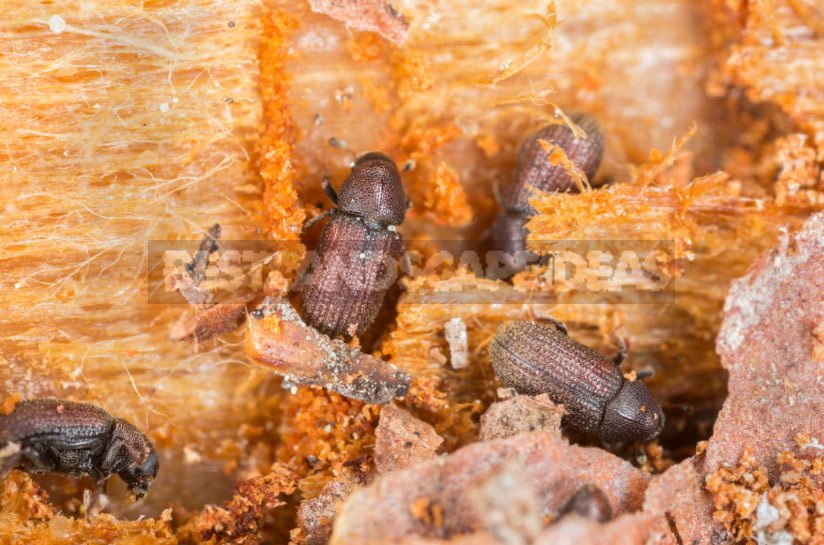
Such waterlogged spoiled wood will be destroyed and will become useless soon enough, it is unsafe for human health. Dampness, spores of microorganisms that multiply in this environment, get into the lungs, cause allergies and serious chronic diseases. To avoid this, you need time to take care of the proper treatment of all wooden buildings on your site.
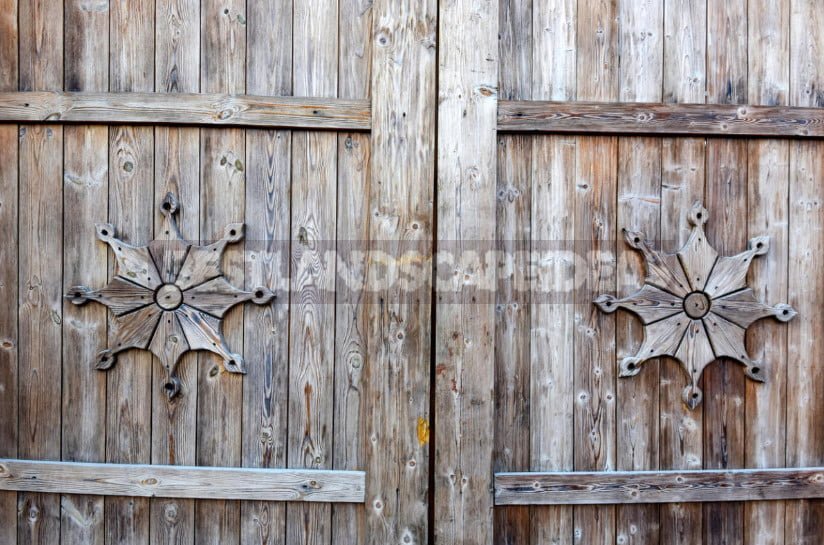
Today, it is not difficult to protect the wood, and, importantly, it is inexpensive. Special chemical compositions – antiseptics will help to improve its performance, increase resistance to various negative effects.
Choose antiseptic
The range of means for processing of wooden surfaces is rather big. And to choose the right impregnation, you need to know exactly for what purpose it will be used.
Antiseptics are universal and directional. By their composition, they are divided into four classes:
- Water-soluble products are suitable for wooden structures that do not have direct contact with water.
- There are tools, which are based on oils or organic solvents. They protect the wood both inside and outside, thanks to the dense film formed on the surface.
- Combined compositions guarantee not only biological protection, but also can reduce the Flammability of wood.
- There are antiseptics primer type, which is applied under the paint, varnish and other finish coating. They do not have too deep penetration into the wood and a short service life. Their disadvantage is also that the primed surface can not be left outdoors without further processing (finish coating) for more than a week: all the benefits will be washed away by rains.
A big plus of modern antiseptics is the absence of unpleasant smell. When choosing an antiseptic, you need to take into account different points: old or new surfaces will be processed; their placement (indoors or outdoors); clean materials or already affected by microorganisms are to be processed.
Antiseptic used indoors, must have on the packaging of the conclusion of the sanitary and epidemiological service of its harmlessness to human health and Pets. The means used for application on external wooden surfaces should be resistant to adverse weather conditions and precipitation.
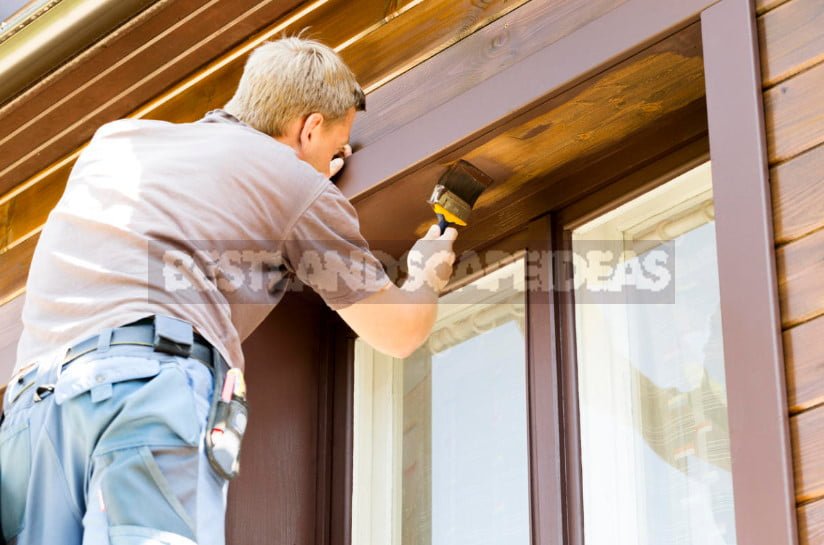
Consider some well-known brands of antiseptics, have long and reliably proven themselves in the market of these products.
Overview of antiseptics
- Tikkurila is a Finnish company widely known for its paints and varnishes. It has a wide range of various protective products, well-established and very popular with builders.
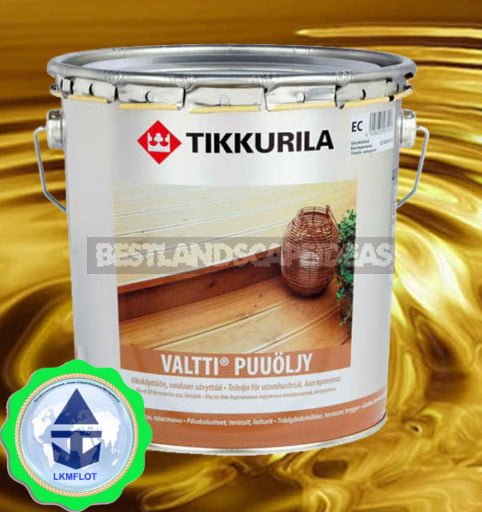
For example, the Valtti series. In the line of these antiseptics there are products with the protective effect of different terms – up to 5, 8 years or more. All of them reliably protect the tree from fungi, moisture, ultraviolet radiation. These materials penetrate deep into the wood, have different shades. In this series there are special coatings for terraces and garden furniture, reinforced with waxes and oils (Valtti Puuoljy Akva, Valtti Terrace Oil).
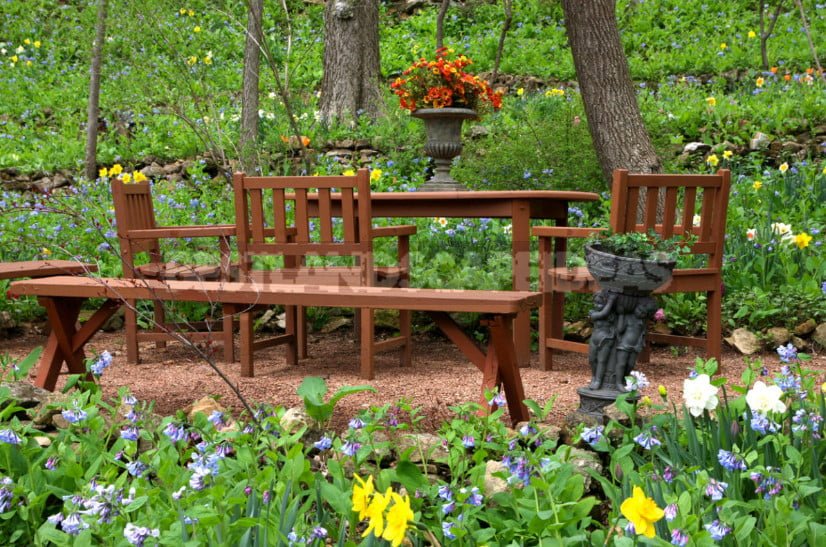
Another line of Vinha antiseptics is used for external wooden surfaces. It has a water-repellent property, protects the wood from adverse weather conditions, fungus. Beautiful semi-Matt coating leaves the wood structure in sight.
This antiseptic is suitable not only for new products, but it can also handle old surfaces, changing dark colors to light. It has 30 different shades.
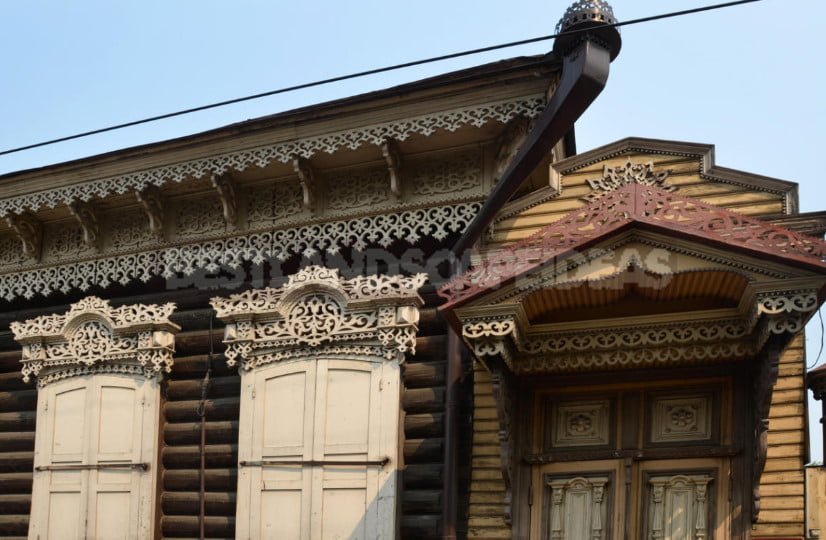
- Pinotex is a Danish company. Its products are considered the best in Europe. Pinotex compositions protect wood not only from mold, bugs and moisture, they protect it from the rapid change of temperature. The range includes products for treatment of wood indoors and out.
- Belinka Belles is a Slovenian company. Produces high-quality antiseptics, deeply penetrating into the wood. These are usually colorless materials containing special biocide substances that protect the tree from fungi and harmful insects.
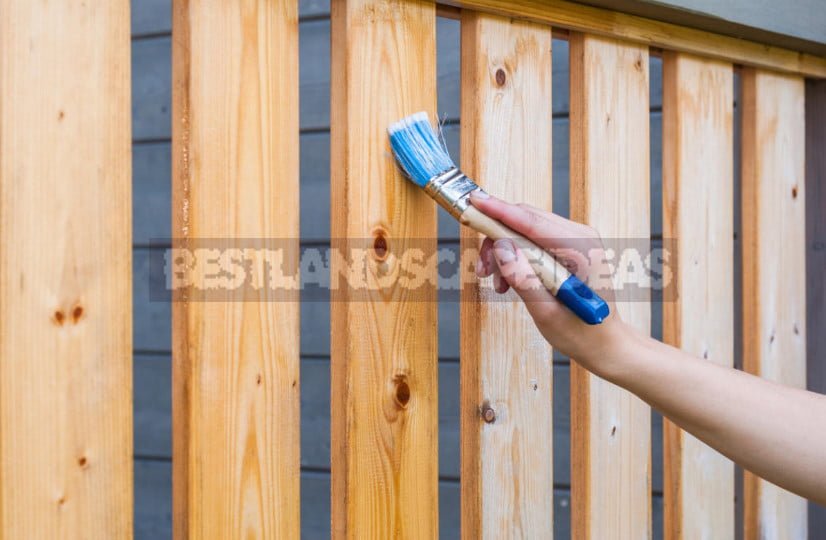
How antiseptics work
All protective equipment will not only destroy existing insects and mold in the wood, but prevent them from multiplying. Antiseptics can be used in combination with mixtures that perform fire-retardant and moisture-repellent functions, which make the wood more resistant and durable.
Before you choose the right antiseptic, you should consider further methods of surface treatment. Some of the protective compounds are applied under the varnish and paint, and others play the role of glazing coatings and give a special flavor to the tree structure.
Dear readers, what antiseptics do you use for processing of wooden surfaces? Share in the comments, what compositions, in your opinion, the most successful.
